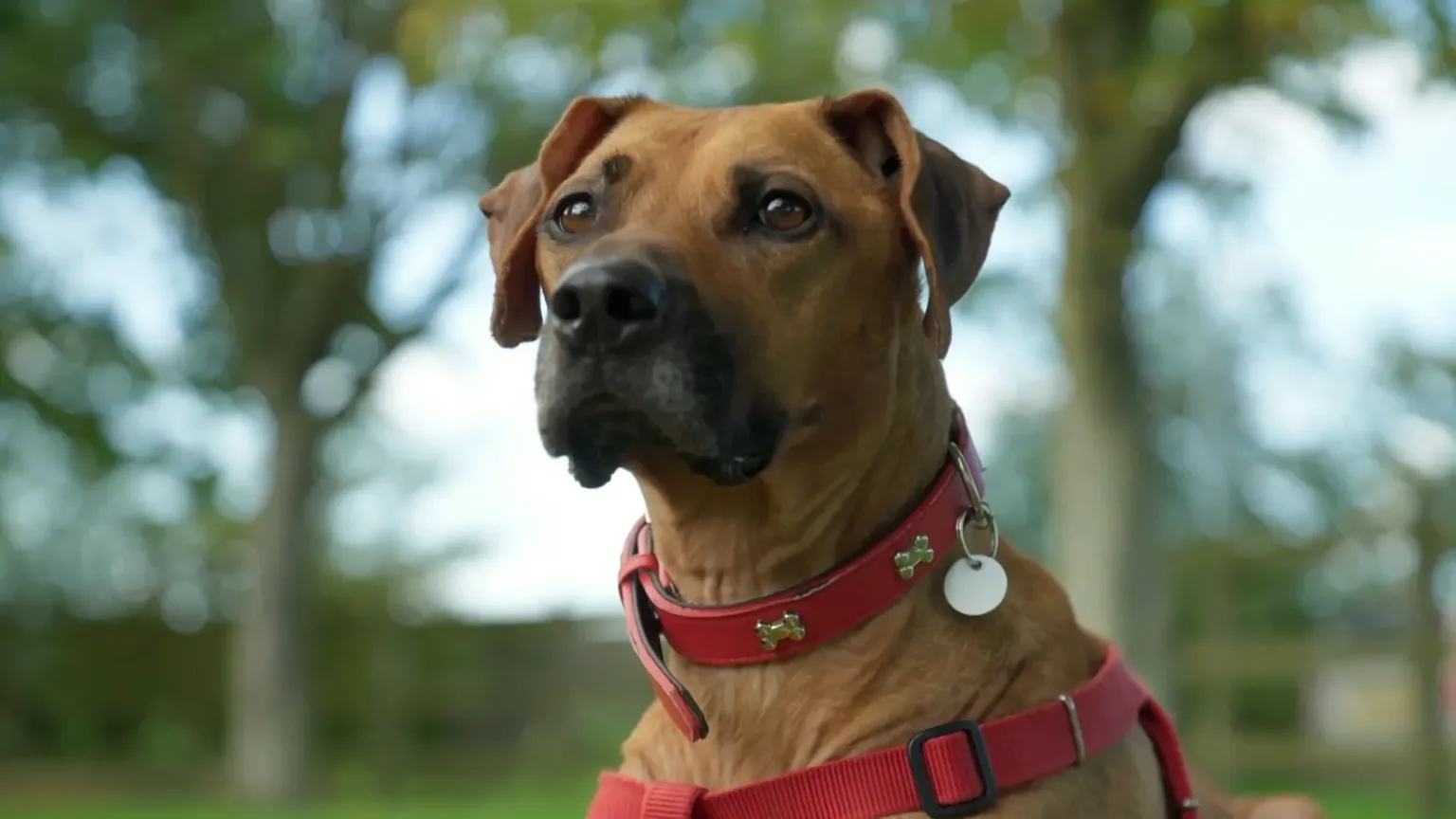When it comes to pets, we've all got questions
Ever feel like your pet is from another planet?

Being around a calm well-mannered dog is a pleasure, yet managing an over-excited dog is tiring at best. It’s often frustrating for the owner and sometimes embarrassing.
When looking at how to teach your dog to be calm, their breed and age makes a huge difference. If your dog has too much physical exercise and not enough mental exercise, they may still be over-excited and find it hard to relax. So instead of building their stamina through physical exercise, make sure they’re getting enough of the right type of activity.
Sniff-focused walks and searching games often help active breeds that are bred to hunt, herd, and search. Also, sniffing helps to lower dogs’ heart rate and blood pressure, which helps them physically relax whilst also exercising their brain. Other dogs might prefer games of chase and tug-of-war, learning new tricks and skills, or trying out dog sports like hoopers, agility, or scentwork.
Consider the points above and you’ll be able to find your dog’s preferred activities. Finding the best outlet to release your dog’s mental and physical energy will make it easier for them to be calm.
Not all dogs find it easy to switch off and relax, many will need help to learn how to be calm. Rewarding your dog when they’re calm will encourage them to relax because they know it’s an easy way to get something nice! It might be a tasty treat, their favourite toy or a bit of a fuss.
When it comes to dog training, rewarded behaviour gets repeated. If your dog learns that something works to get them fun, food, fuss, or freedom, they’ll be more likely to do it again. This is often why dogs learn to jump up, bark, or find their own fun, because we’ll pay attention to them. But we can also use this to our advantage to help our dog learn to relax quietly rather than causing mischief to amuse themselves or to get our attention!
It’s very helpful to have a dog that always lays down calmly when you are doing things like working on your computer, cooking dinner, on the phone, or when you stop to talk to someone and they’re on the lead. We can use reward-based training in these moments to capture and reinforce calm behaviour, which is the key to increasing the time your dog spends being relaxed.
Any time you see your dog relaxed, give them a treat and tell them they’re good. You should aim to get the food to their mouth before they’ve started to get up. Timing is key here – you want to be rewarding whilst your dog is laying down calmly. If they get up and follow you, just walk away and wait until the next time they settle again. You can keep small pots of treats out of reach in each room of the house so that they’re ready when you need them.
Once your dog has learnt that being calm is rewarding, you will see this behaviour in other environments too. Remember, practise makes perfect and the rewards for both you and your dog is worth it!
If your dog barks for attention, begs for food, jumps up at you, or simply won’t settle in certain situations, it’s a good idea to teach your dog a cue to encourage calm behaviour. Settle training has great benefits for you and your pet, especially when you’re in a busy, social environment like a family gathering or pub garden.
For dogs with separation anxiety, it can be useful for them to learn how to switch off when they can’t have your full attention. Settle training teaches your dog what you’d like them to do in these situations, which helps them learn in a more positive way rather than focusing on what you don’t want them to do.
For more behaviour and training advice for dogs, visit Ask Woodgreen.